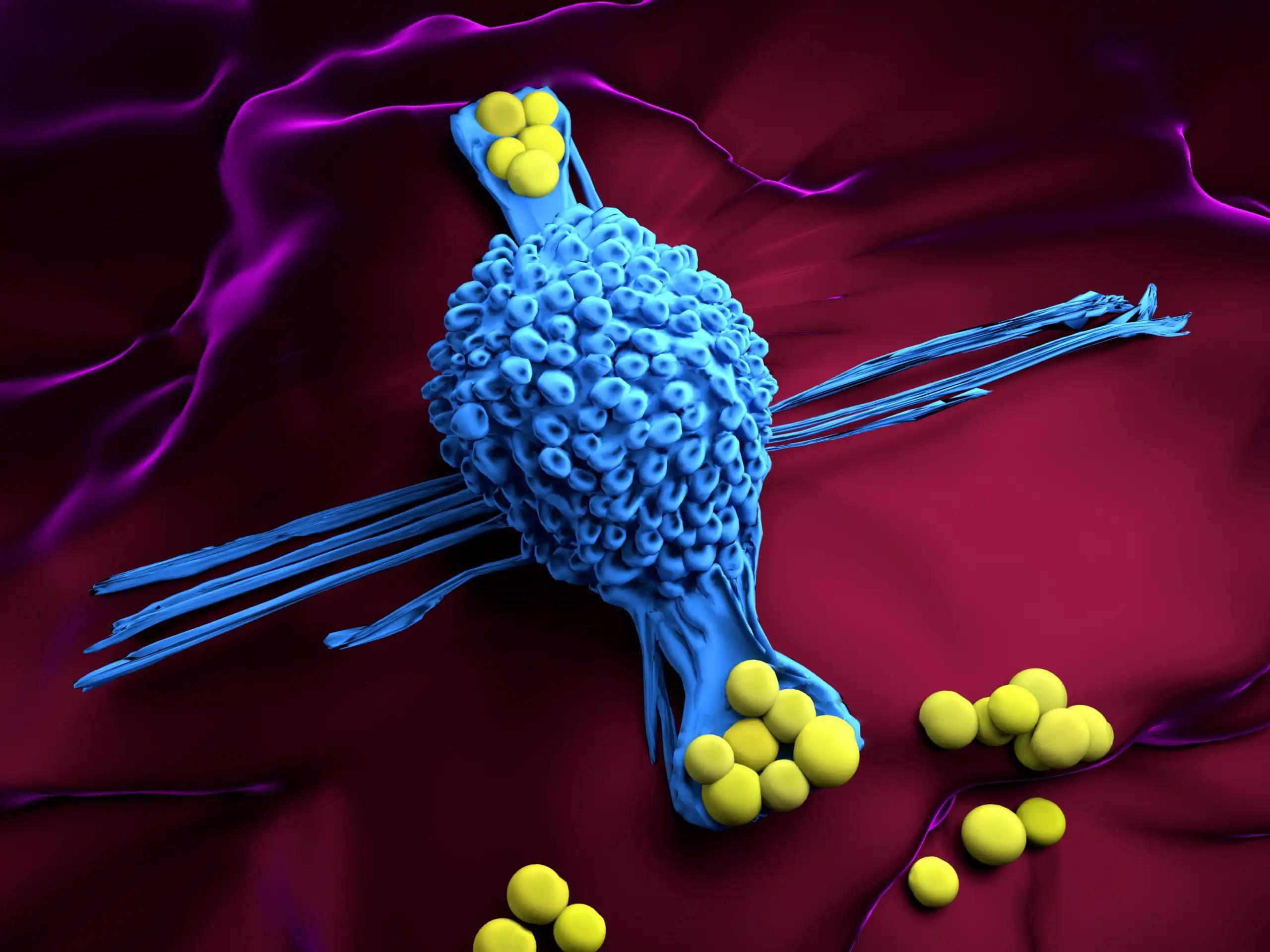KEY TAKEAWAYS
- The study aimed to explore how hypoxia-regulated circ_0007386 affects NSCLC progression through YAP1-EIF4A3 and the miR-383-5p/CIRBP axis.
- Researchers noticed that circ_0007386, driven by hypoxia and YAP1-EIF4A3, promotes NSCLC progression.
The progression of non-small cell lung cancer (NSCLC) is significantly influenced by circular RNAs (circRNAs), especially in the tumor hypoxia microenvironment. However, the precise functions and underlying mechanisms of dysregulated circRNAs in NSCLC remain largely unexplored.
Lixia Li and the team aimed to assess the oncogenic potential of circ_0007386 and its impact on NSCLC progression through these molecular interactions and pathways.
They performed an inclusive analysis of differentially expressed circRNAs in NSCLC tissues using high-throughput RNA sequencing. The characteristics of circ_0007386 were rigorously confirmed through Sanger sequencing, RNase R treatment, and actinomycin D treatment.
The effects of circ_0007386 on cell proliferation and apoptosis were investigated in vitro using CCK8, colony formation assays, TUNEL staining, and flow cytometry assays. In vivo, xenograft tumor models were employed to assess its impact on tumor growth.
Mechanistically, the regulatory relationships between circ_0007386, miR-383-5p, and CIRBP were examined through dual luciferase reporter assays and rescue experiments. Additionally, the binding of EIF4A3 to CRIM1 pre-mRNA was detected by RNA immunoprecipitation, and the interaction between YAP1 and EIF4A3 under hypoxic conditions was analyzed by co-immunoprecipitation.
About the investigation, a novel circRNA, designated as circ_0007386, was identified as upregulated in NSCLC tissues and cell lines. Circ_0007386 was found to modulate proliferation and apoptosis in NSCLC both in vitro and in vivo. Functionally, circ_0007386 acted as a sponge for miR-383-5p, targeting CIRBP, which influenced NSCLC cell proliferation and apoptosis through the PI3K/AKT signaling pathway.
Under hypoxic conditions, the interaction between YAP1 and EIF4A3 was enhanced, leading to the displacement of EIF4A4 from binding to CRIM1 pre-mRNA. This process facilitated the back-splicing of CRIM1 pre-mRNA, increasing the formation of circ_0007386. The circ_0007386/miR-383-5p/CIRBP axis was significantly associated with the clinical features and prognosis of patients with NSCLC.
The study concluded that circ_0007386, regulated by the YAP1-EIF4A3 interaction under hypoxic conditions, plays an oncogenic role in NSCLC progression through the miR-383-5p/CIRBP axis.
This study was funded by the Affiliated Hospital of Guangdong Medical University “Clinical Medicine+” CnTech Co-operation Project, “Start-up of scientific research funding for high-level talents” (202217); the Project of Zhanjiang City (2021A05052), the Basic and Applied Basic Research Programs of Science and Technology Commission Foundation of Guangdong Province (2021A1515011062, 2022A1515011731), Clinical Research Project of Affiliated Hospital of Guangdong Medical University (LCYJ2023B003).
Source: https://pubmed.ncbi.nlm.nih.gov/39030638/
Li L, Liu D, Chen T, et al. (2024). “Hypoxia-enhanced YAP1-EIF4A3 interaction drives circ_0007386 circularization by competing with CRIM1 pre-mRNA linear splicing and promotes non-small cell lung cancer progression.” J Exp Clin Cancer Res. 2024 Jul 20;43(1):200. doi: 10.1186/s13046-024-03116-6. PMID: 39030638.



